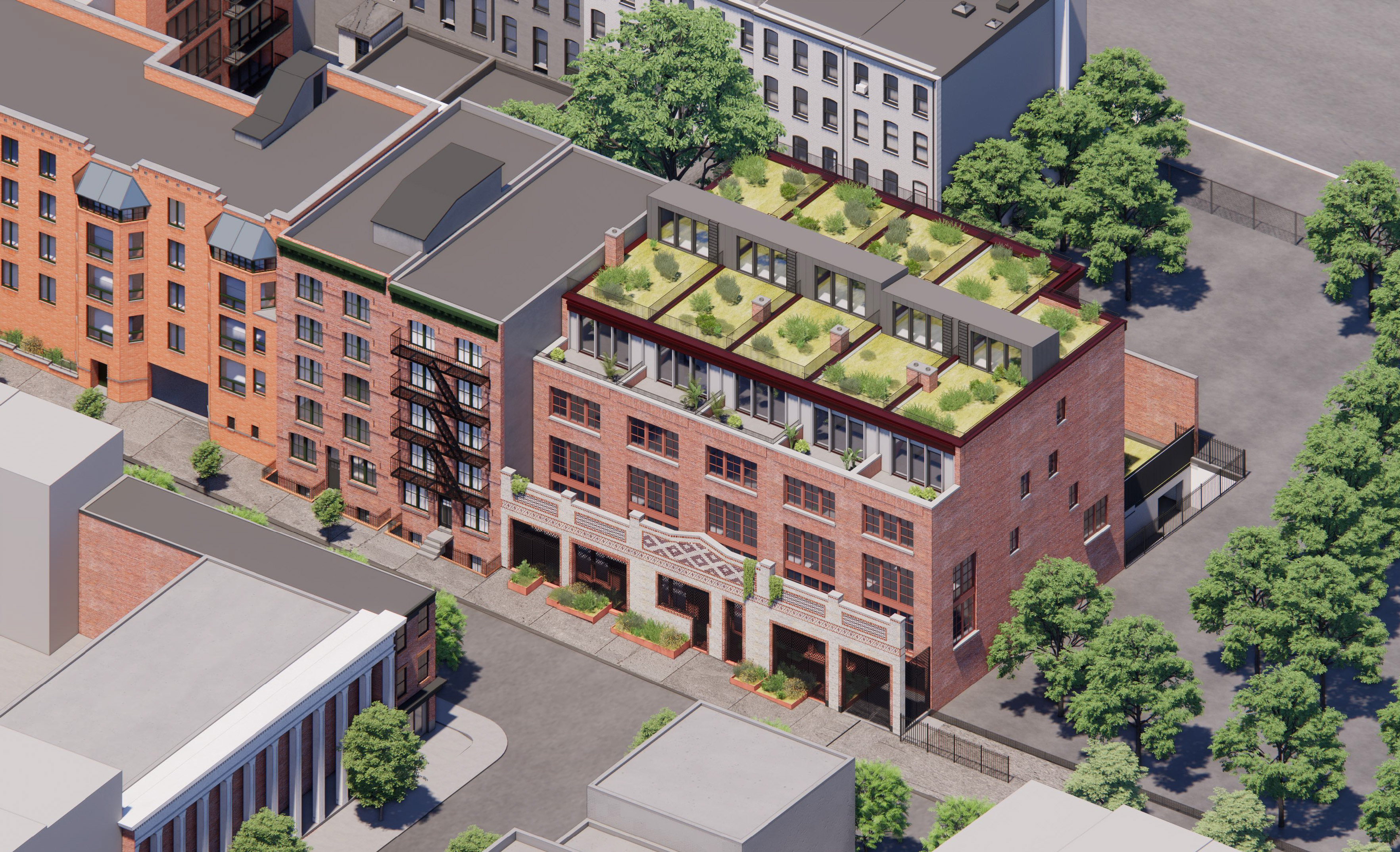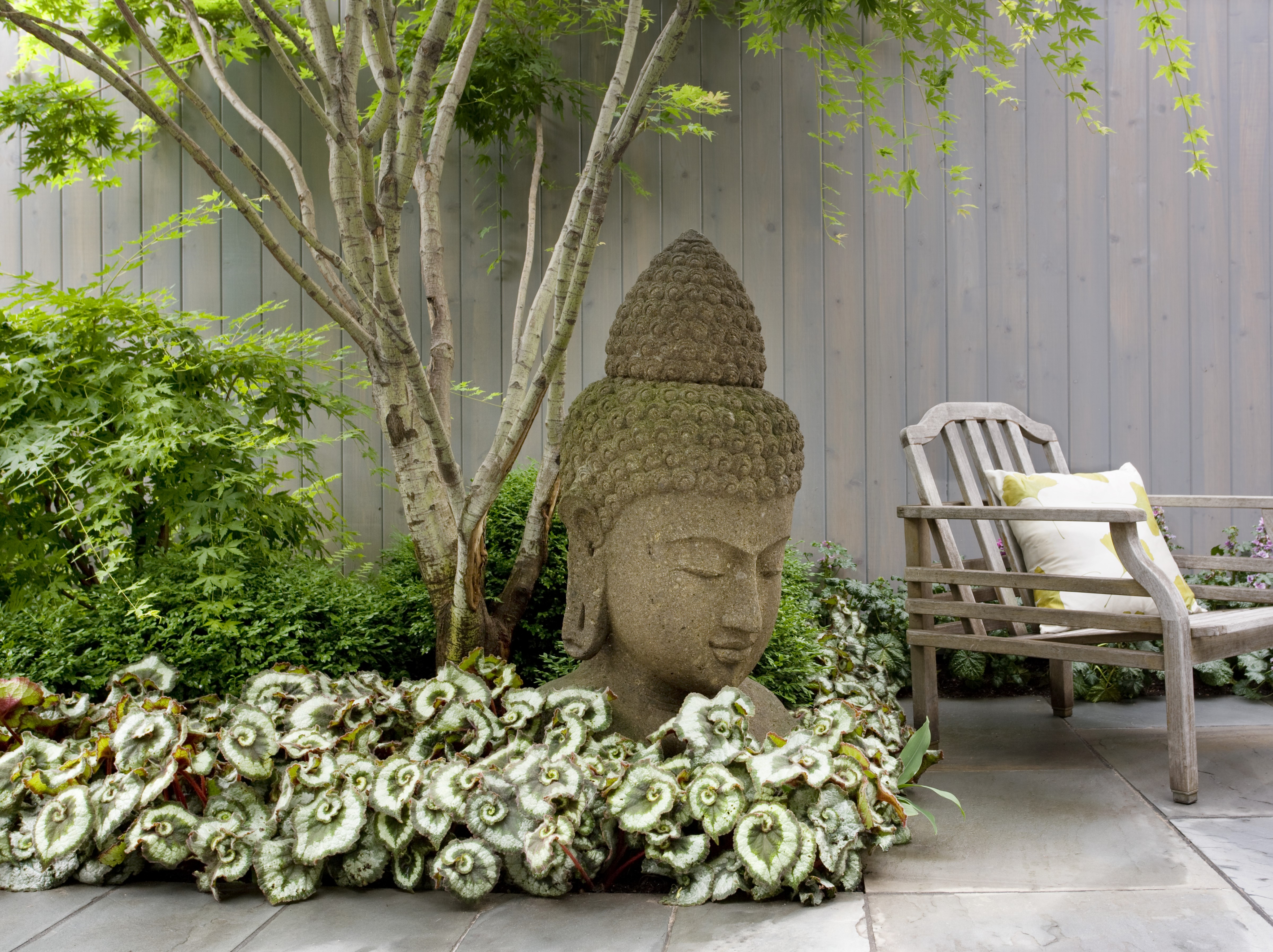Walkabout: A Victorian Beach Party, Part 1
Read Part 2 of this story. There’s something about the beach. Whether it’s the ocean or a lake, a creek or a pool, we love hanging out by the side of the water, and hopefully, going in and taking a dip. It must be genetic, the calling of our aquatic ancestors. It was the same…


Read Part 2 of this story.
There’s something about the beach. Whether it’s the ocean or a lake, a creek or a pool, we love hanging out by the side of the water, and hopefully, going in and taking a dip.
It must be genetic, the calling of our aquatic ancestors. It was the same for Victorian New Yorkers. The call of the beach, the ocean, and the open spaces was compelling, and they answered the call.
Before Coney Island was the amusement park capital of the world, before the rides, the freak shows and the food, there was the beach.

When Henry Hudson sailed into Gravesend Bay in 1609, he found the Canarsie Indians, and he found what would be Brooklyn’s best beach, then miles of sand dunes, clam beds and scrub, on a peninsula island barely separated by a creek from Long Island. That beach would never be the same.
The origin of the name Coney Island is under dispute. Some say it is a corruption of the Dutch name Konijin Kok, which became Conyne Island in English, while others say it is named for a Dutch family named Conyn, that once lived on the beach, while still others say it was named for the rabbits, or coneys that once populated the area.
Whatever the origin, by 1664, Coney Island was a part of the town of Gravesend, acquired when the English took control of New Amsterdam.

The beginnings of the summer resorts business didn’t come until 1829, when a bridge called the Shell Road was built across the small creek separating the island from the mainland. A hotel called the Coney Island House was also built, the first of many to come.
By the late 1840’s tourists and day trippers were coming to Coney Island. The more famous included Washington Irving, Herman Melville, Jenny Lind with P.T. Barnum, and General Sam Houston. Politicians included Daniel Webster and Henry Clay.
They all stayed at Coney Island House, watched the waves from the porch, waded in the surf, ate clams, or went bird hunting in the marshes.

The first great beach establishment was Peter Tilyou’s Surf House, established in 1865. It was a hotel and restaurant, which provided meals, (including the ever present clam chowder), lodging, and changing rooms for bathers. Full length woolen bathing dresses for men and women were available for rent.
At this time, salt water bathing was a novelty just catching on. Wool bathing suits were seen as healthy and necessary to retain the heat of the body and prevent too rapid an evaporation.
The rules laid down in Overton’s 1883 Coney Island Directory stated the length, composition and style of the two piece suits worn by both sexes.

Men were advised to enter the water resolutely and briskly, until the water reaches the waist. Women were cautioned about the dangers of hysteria if they entered the surf too quickly. Considering a woman’s bathing outfit must have weighed at least 15 pounds when wet, it’s a wonder any woman went in at all.
These things were called bathing suits for a reason, not swim suits. It’s amazing that we’ve kept the term, after all these years. Needless to say, there was no such thing as tanning on the beach.

In 1876, Ocean Parkway had been built, a straight and wide thoroughfare with wide lanes and service roads, stretching from Prospect Park to the sea.
This road was perfect for carriage rides to the beach, and surrey races. Charles Feltman, the man credited with the invention of the hot dog, built the Ocean Pavilion in 1874, near Surf Avenue at 10th Street.
There, he began a series of restaurants and beer gardens, where German bands and Tyrolean singers serenaded the guests, who were feasting on 10 cent hot dogs, 10 cent lager beer, and 15 cent ice cream, as well as more substantial fare.

In 1878, Feltman expanded to his 100 foot long Iron Pier, which had 1200 bath lockers and various food and game stands. He later built a ballroom which could hold 3000 dancers and a piazza for 5000 onlookers.
William Vanderveer built a three story hotel and bathing pavilion, and gave Coney Island its first carousel in 1875.
By the beginning of the 1880’s, Coney Island was beginning to become a fashionable resort destination. The rich, including wealthy developers took note.

At this time, it was possible to get to Coney Island and nearby Brighton and Manhattan Beaches by sea, from Manhattan. August Corbin was a Wall Street banker and railroad tycoon.
By the early years of the 1880’s, his NY and Manhattan Beach Railway began delivering people to the shore. In 1877, he opened his Manhattan Beach Hotel, designed by J. Pickering Putnam, a sprawling hotel with 700 feet of ocean frontage, covered verandas and manicured lawns.
In its heyday, it was considered the most elegant hotel in the entire country, with 258 well appointed rooms, restaurants, ballroom and shops. A year later, William A. Engleman, who made his fortune selling horses and mules to the Union Army during the Civil War, opened his Brighton Beach Hotel.

It could accommodate 5000 guests, and feed 20,000 people a day. He built his own Iron Pier and a 400′ wide, two story Brighton Beach Pavilion. His resort was also connected to the city by railroad, and was a popular destination with more middle class tourists.
The third big time developer was Andrew Culver, who also built his own railroad to bring guests in. His railroad was called the Prospect Park and Coney Island Railroad, also known as the Culver Line, and it ended at his Culver Plaza on Surf Avenue, built in 1875.
He built an Iron Tower, which had steam elevators that could take people to the top for a bird’s eye view of Coney Island. Culver didn’t build his own hotels but threw his influence behind the building of the Cable Hotel and another large hotel in West Brighton.

There was yet another Iron Pier built in 1880, near Culver Plaza and the old Iron Tower. It brought side wheeler steamships to Coney Island, able to ferry people from Manhattan to the beach, with ships leaving in twenty minute intervals. Culver’s railroad was not the last rail line to Coney Island.
In 1879 the New York and Sea Beach Railroad terminated at the huge combination terminal, hotel and restaurant, called the Sea Beach Palace, which boasted of being able to sleep 10,000 overnight guests and feed 15,000 people at one sitting.
Developer August Corbin was not satisfied with just his posh and successful Manhattan Beach Hotel. He acquired land east of that site, and built the Oriental Hotel, a four story beauty with minarets and turrets. The tale of the that hotel’s beginnings, and the end of the grand hotels on Coney Island, will be concluded on Thursday.





fsrq – My comment was site specific, but at first I was going to disagree with you about upper middle class vacations today (5-10,000 people going to the same place at the same time??), then I thought about places like The Villages in Florida – you may have a point.
I’ll just keep putting my idea out there, people:
Coney Island, the Colonial Williamsburg of Beach Resorts! For at least a chunk of the “new” Coney Island, recreate one of these grand old hotels (with to-code mechanials and modern conveniences, of course) and a swath of the old Luna Park or Dreamland!!! With costumed “interpreters”! Please?????!!!!
My great grandmother grew up around here (she told us she could walk to the Fulton Ferry). In the late 1890’s she was the first woman and the first Irish person to work for the “Great Atlantic and Pacific Tea Company”, which at that time imported tea and later became the grocery chain “A&P”. She was hired because she had good handwriting and was also smart and pretty. Sir Thomas Lipton (the guy on the tea boxes) came into the office one day and, impressed by her, invited her to join him on his racing yacht for a ride and lunch (and probably a little groping). She responded that she couldn’t go because she was going to Coney Island with her boyfriend.
She was no fool. For years I kept her long black hatpin, used on the El to stab guys who attempted to pinch her backside. She must not have used it on Lipton because she kept the job a little longer. She said Coney Island was very nice back then.
Part 2, Benson, that’s all in part 2.
Montrose;
One other aspect you may want to mention was that this general section of Brooklyn was vacationland for the upper middle class back in those days, not just by the beaches. In particular, there were something like 5 horse race tracks in the vicinity of Gravesend, Bath Beach and Sheepshead Bay.
Actually what strikes me is not the differences between then and now but rather the similarities….
Sure the locations are different (due to transportation and development changes) but ultimately it is interesting me that an upper middle-class vacation today is very similar to one of 130 years ago.
The hotel history amazes me too – the differences between then and now – a mere 4 generations – is hard to believe.
Thanks yet again for a wonderful and informative post
Wow, those hotels are amazing looking, and just the sheer size of them is mind boggling! Great research as usual. I can’t wait to read the installments on the rise of the amusement parks.
Looks absolutely scandalous. I see legs.